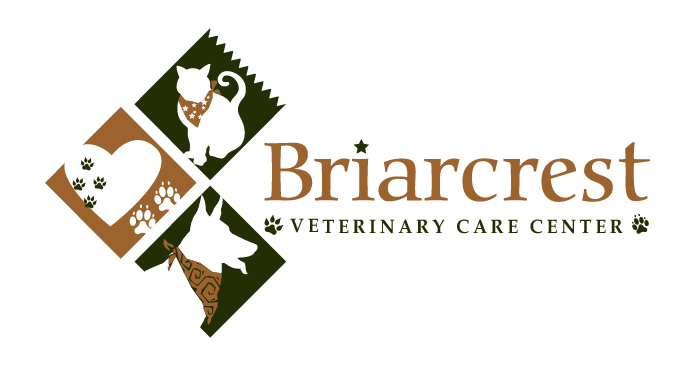Library
-
Your dog has allergies. These instructions have been provided by your veterinary healthcare team to help you treat your dog for his specific allergy. The instructions that relate to your dog are checked.
-
This handout summarizes the various forms of treatment for cats with asthma and includes a list of treatment instructions for home care. Treatment options include corticosteroids, bronchodilators, and inhaler use. Warning signs for cat owners to watch out for are included.
-
An esophagostomy tube is a small rubber tube that enters the esophagus through a surgical incision on the side of the neck. This allows food you to place food directly into the esophagus so that it can flow down into the stomach. The feeding tube is not placed directly into the stomach.
-
Damage to the tympanic membrane and middle ear infections can be very painful for cats and cause a variety of clinical signs affecting the skin and nervous system. Diagnosis often requires a thorough ear examination with testing while your cat is under sedation or anesthesia. The treatment methods and prognosis depend on the nature of your cat's condition.
-
Damage to the tympanic membrane and middle ear infections can be very painful for dogs and cause a variety of clinical signs affecting the skin and nervous system. Diagnosis often requires a thorough ear examination with testing while your dog is under sedation or anesthesia. The treatment methods and prognosis depend on the nature of your dog's condition.
-
The term chiropractic refers to manual therapy used to manipulate muscles and joints, especially the intervertebral joints in the spine. The goal of this therapy is to alleviate pain, improve mobility, and enhance overall wellness.
-
As a form of rehabilitation, massage therapy is the application of specific hand movements on a patient to improve muscle and joint function by relieving tension, spasm, or other restrictions to proper motion.
-
Veterinary rehabilitation uses physical therapies to improve a pet's mobility and reduce pain. Many acute and chronic conditions affecting movement can benefit from rehabilitation. Rehabilitation therapy can cause significant harm to a patient if done by someone with inappropriate education and training, or incomplete knowledge of a pet's full medical history. Speak to your veterinary healthcare team to help you evaluate the suitability of specific therapy for your pet.
-
Von Willebrand's disease is an inherited bleeding disorder. Cats with von Willebrand's disease lack von Willebrand's factor, a blood protein that helps platelets adhere to sites of blood vessel injury. Although affected cats have normal platelets, they experience clotting difficulties because their platelets do not properly adhere to injury sites.


